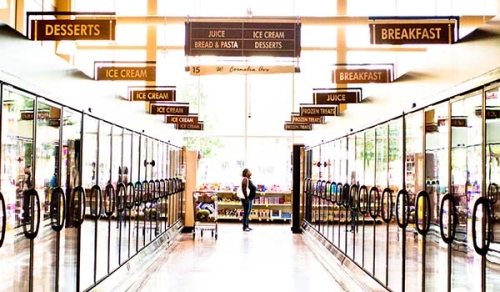 I was reading an interesting article on what researchers are learning from big data on how shoppers behave. Buying and selling in financial markets isn’t much different from the grocery store in many ways so there are plenty of lessons to take away. This one, in particular, was striking. Many generic drugs are identical to name-brand medicine so it’s a great place to study why consumers prefer one over the other. The main theory was that people didn’t understand that Aspirin is just acetylsalicylic acid or that Tylenol is acetaminophen. This experiment showed something surprisingly different:
I was reading an interesting article on what researchers are learning from big data on how shoppers behave. Buying and selling in financial markets isn’t much different from the grocery store in many ways so there are plenty of lessons to take away. This one, in particular, was striking. Many generic drugs are identical to name-brand medicine so it’s a great place to study why consumers prefer one over the other. The main theory was that people didn’t understand that Aspirin is just acetylsalicylic acid or that Tylenol is acetaminophen. This experiment showed something surprisingly different:Berkeley wondered why branded over-the-counter drugs still command up to 60% of market share. They got permission from a national supermarket chain to change the shelf tags for several branded and generic drugs at six locations. They posted new labels beneath the items’ price tags, some pointing out that the branded and generic drugs contain the same active ingredient or are therapeutically equivalent. Other labels showed the percentage saved for buying the generic drug. The third set of tags indicated how many other customers purchased the generic.
From the four-week trial, the researchers conclude that customers are already aware that generic substitutes exist and save them money, so posting that information didn’t change their buying habits. However, learning that other customers bought the generic drugs did shift purchase decisions—when the percentage of shoppers buying the generic exceeded 50%.Even when people could buy the exact same thing at a cheaper price — and they knew it was the exact same thing — they preferred to spend more and buy the more popular or well-known brand. They only changed when they perceived that the majority of the crowd changed.

